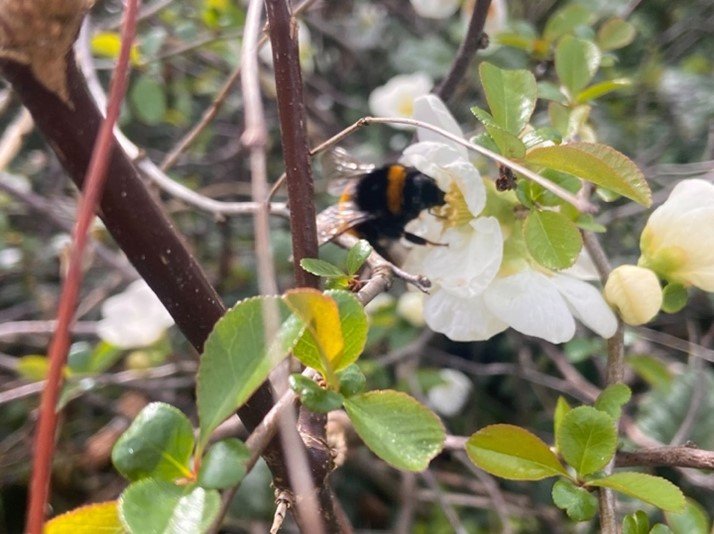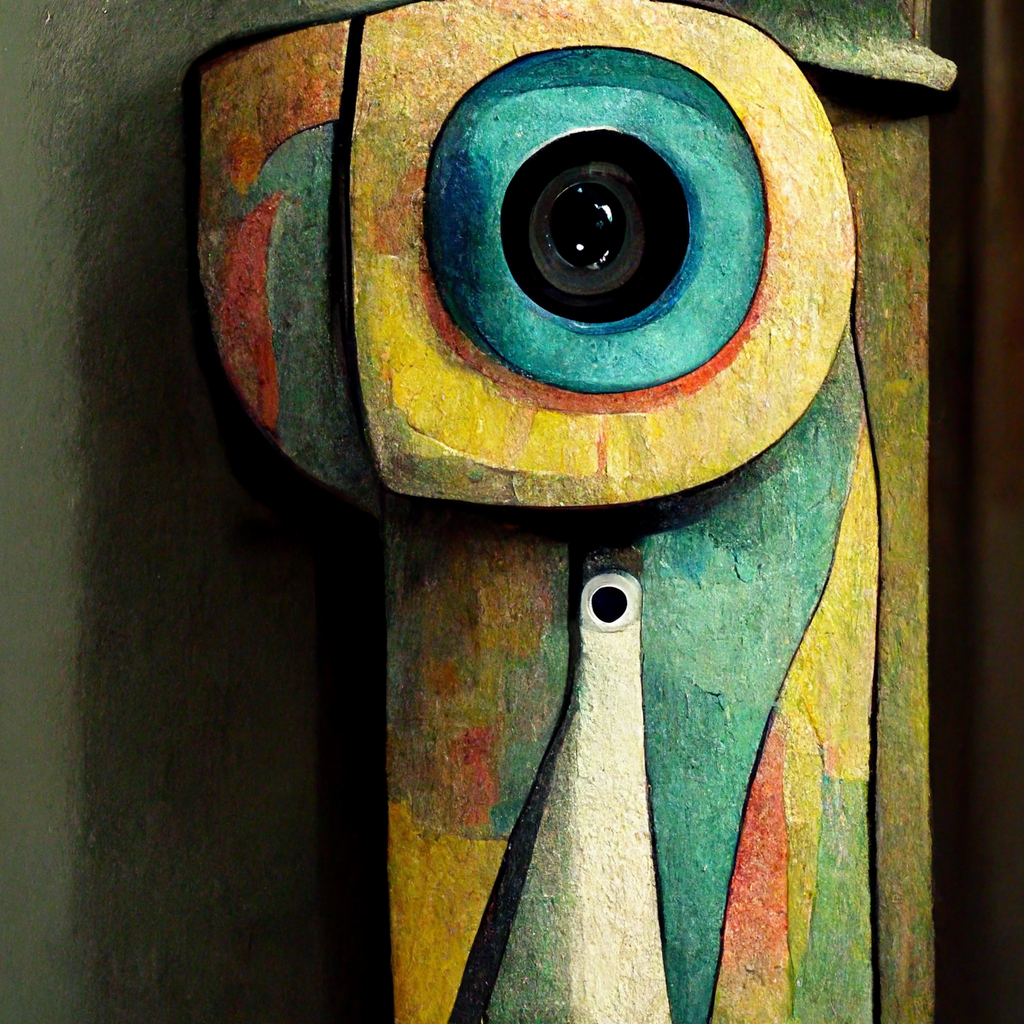Interdisciplinary Collage: Interview with Dr. Suzanne Culshaw
Interdisciplinary Research Beyond Academic Disciplines
My kitchen table with a delightful collage-making mess!
Sometimes interdisciplinary research entails integration of more than one academic discipline, such as science and humanities, sociology and education, business and environmental policy. Other times, it can entail bringing in an eclectic mix of perspectives and methods from outside of academia. I was reminded of the potential for inviting artistic expressions into data collection when I saw an article by Dr. Suzanne Culshaw about the ways she uses collage to elicit participants' stories. I confess that her work drew my attention because I use collage in my own artwork.
Collage as an art form is itself interdisciplinary. It can include drawing and painting as well as collecting and pasting photographs and images, fabric and ephemera of all kinds. How can collage work in research? To learn more, I interviewed Dr. Culshaw.
You can read articles Dr. Culshaw discusses to learn more:
"The unspoken power of collage," 2018 post on the BERA blog.
Culshaw, S. (2019). The unspoken power of collage? Using an innovative arts-based research method to explore the experience of struggling as a teacher. London Review of Education, 17(3), 268-283.
What about arts-based research in a Covid-19 online world?
When Suzanne and I met to discuss collage and research, we were entering a restrictive a stay-at-home world. How can we conduct such hands-on research when we cannot be physically together? It would be different, but it is not impossible. In Doing Qualitative Research Online (2016, 2022) and Qualitative Online Interviews (2015) I discussed a wide range of interactive online approaches for using creative methods.
Collage-as-method is generative, and allows for elicitation from and collaboration with participants. This could be carried out synchronously or asynchronously. To use in a synchronous way in a videoconference space, it would be possible to collect (or ask participants to collect) digital images and artifacts, and use a shared whiteboard to create an online collage. The selections and placements in the collage could be discussed with the participant. Alternatively, participants could be invited to create their own physical collages, and share them via the camera in a videoconference space. Either way, the visual and verbal exchanges would be recorded for analysis. To use collage in an asynchronous way, participants could share decisions about what to select as collage elements, processes used, and completed collages as part of an email interview with written responses and photographs.












Sometimes taking a break from the keyboard to write by hand unleashes creativity.